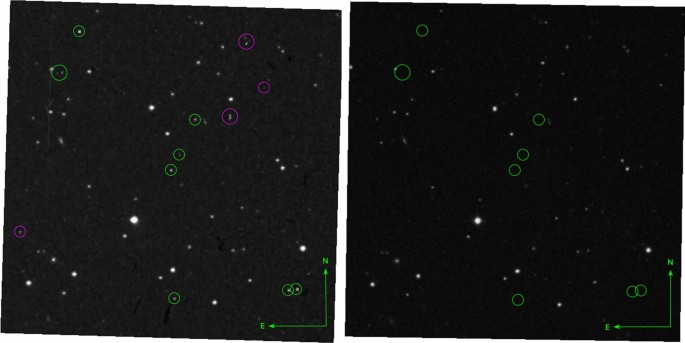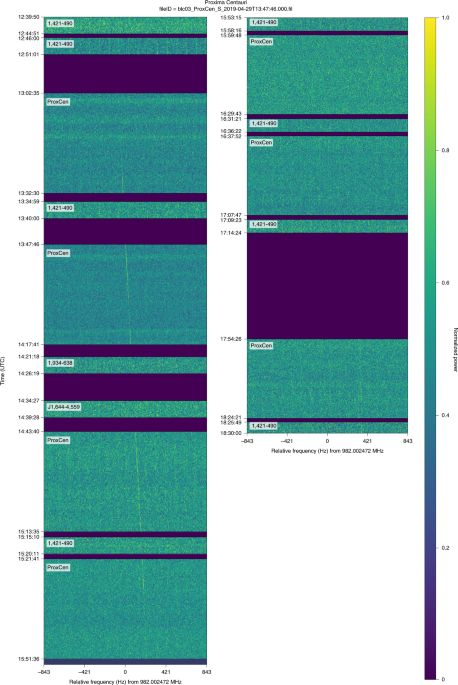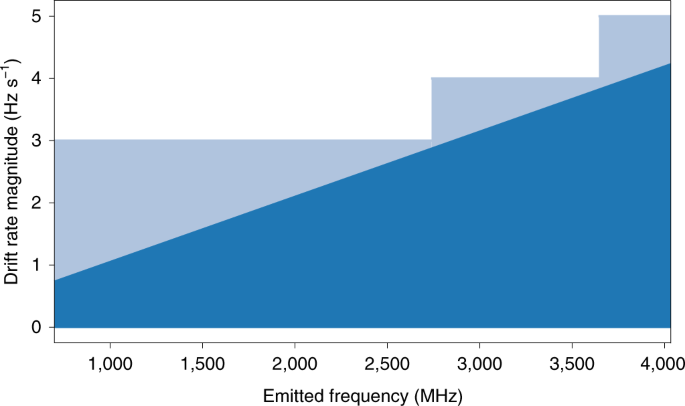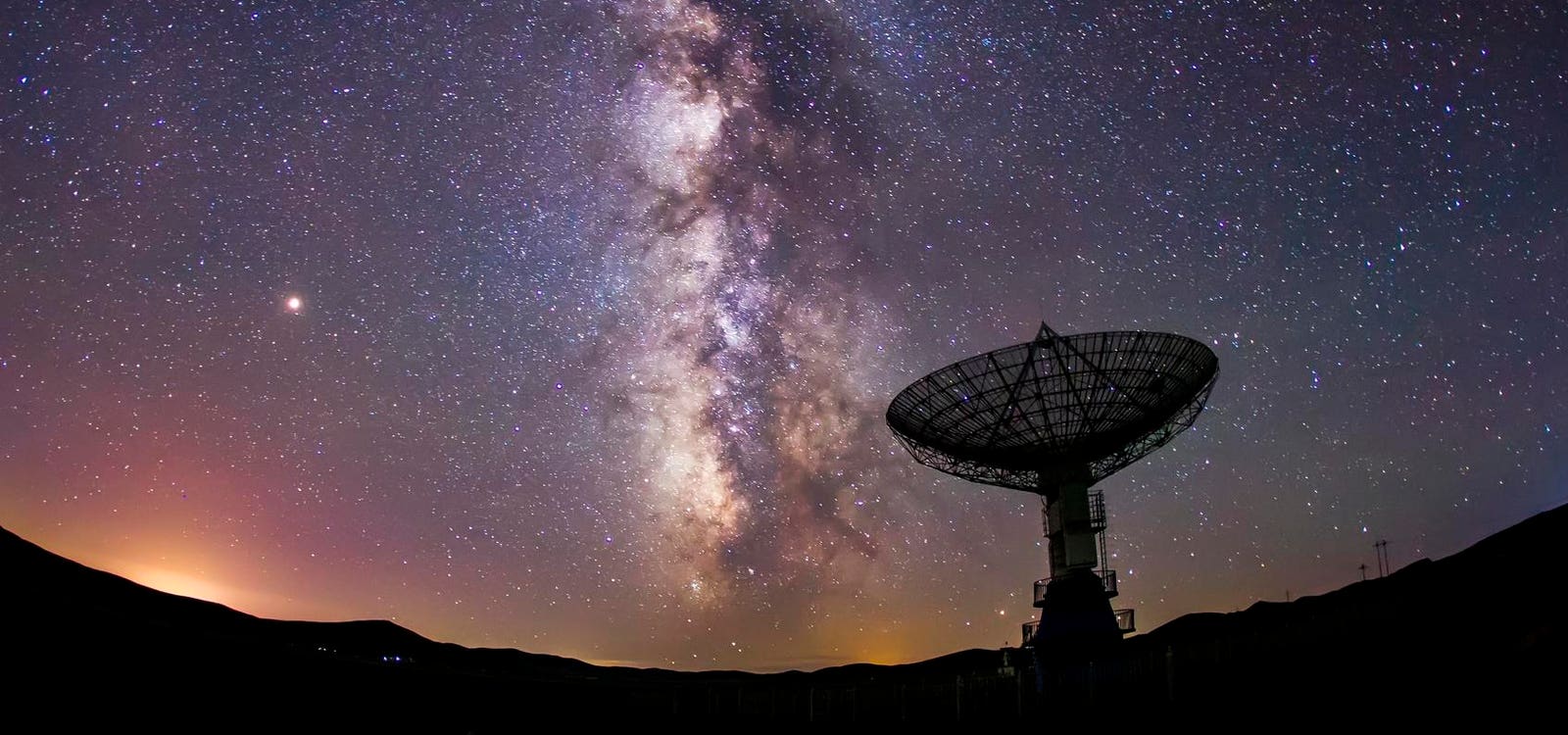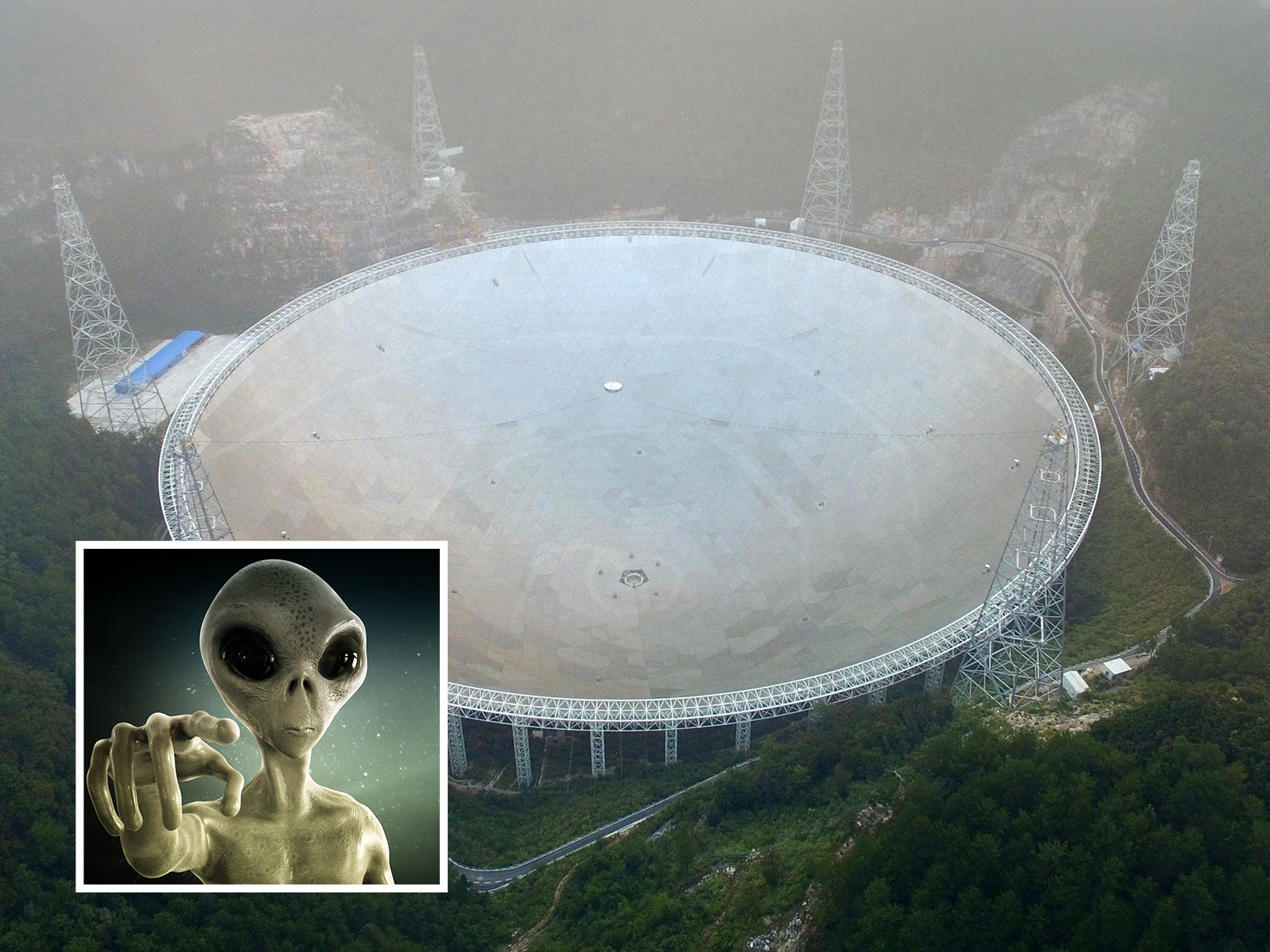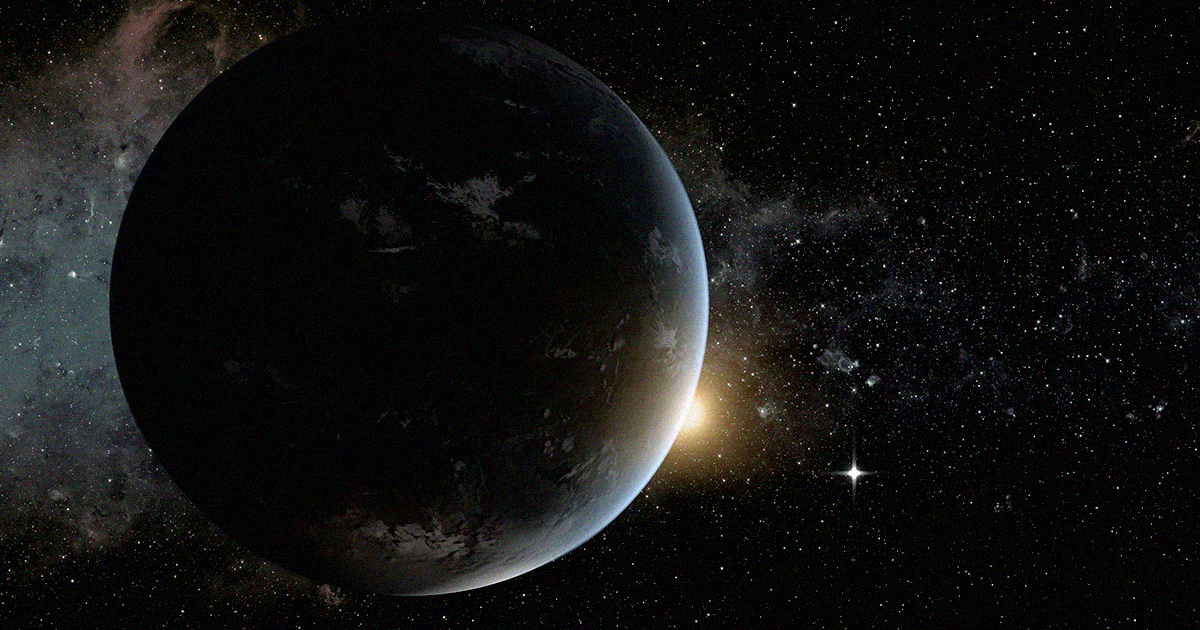In 1957, astronomers of the Ohio State University started to scan the cosmos by means of a radio-telescope searching signs of radio transmissions from hypothetical extraterrestrial civilizations. Acting with an anthropocentric mind, they addressed their instruments to the stars Tau Ceti (spectral class G) and Epsilon Eridani (spectral class K) for being the nearest among those like our sun. In their search, they selected the wavelengths between 18 and 21 centimeters, corresponding to the spectral lines of the hydroxyl radical and the hydrogen, the band of electromagnetic spectrum named Water hole. They were looking for the existence of water in these star systems.
But water is not the only possible solvent for life chemistry, it all depends on environmental conditions. In 99 per cent of the cosmos, temperatures are so low that water can be replaced by liquid ammonia, liquid methane, liquid hydrogen fluoride, liquid nitrogen, liquid oxygen, liquid hydrogen, liquid helium, or liquid argon. Even mercury and lava could be considered in environments with extreme temperatures and pressures. Carbon is also not essential, which can be replaced by phosphorus or silicon.
The search has continued to this day using increasingly sophisticated equipment capable of simultaneously monitoring a large number of radio frequencies, but so far they have found nothing.
It is naive to assume that intelligent creatures from a distant star system use such an unpractical communication as radio (limited to the speed of light in a universe full of interference) just because it was the best channel we had in 1957.
Interstellar distances are so huge that the transmissions of our most powerful equipment are 50,000,000 weaker when they reach the Centauri System four years later and 1,000,000,000 weaker when they reach, if ever, the center of the Galaxy within 26,000 years. It may be assumed that a more advanced civilization than ours has had time to develop something more efficient.
Science Fiction writers have 'solved' the issue by imagining a subspace transmitter using faster than light (FTL) technology, something that violates Einstein's established paradigm. Everyone knows this is impossible, but it will finally be built by someone who did not know it... or we will stay here until the Sun freezes!
The FTL hypothesis starts out from the assumption that technological progress has no upper limit. But we must consider the possibility that the human mind be incapable of solving the problem. Nor can we lift a ton of weight, fly, run at 100 mph, breath underwater, or see Uranus, the heat, or the bacteria... but we have found a way to build machines that do it for us.
Maybe Artificial Intelligence will uncover the secrets of the FTL.
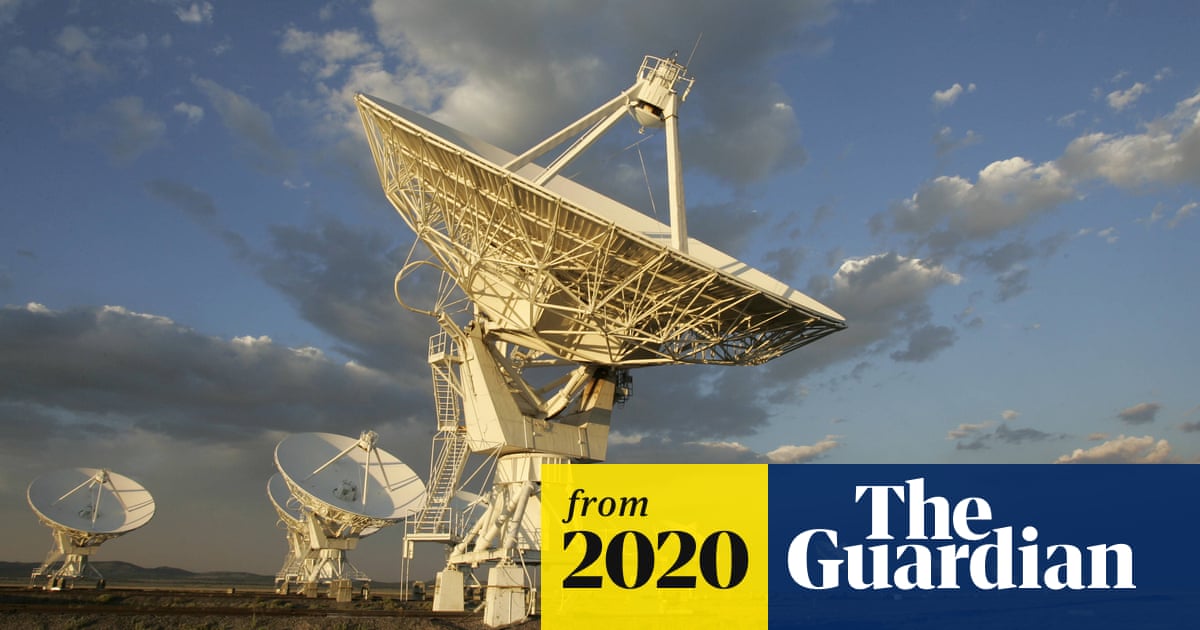
 www.theguardian.com
www.theguardian.com


